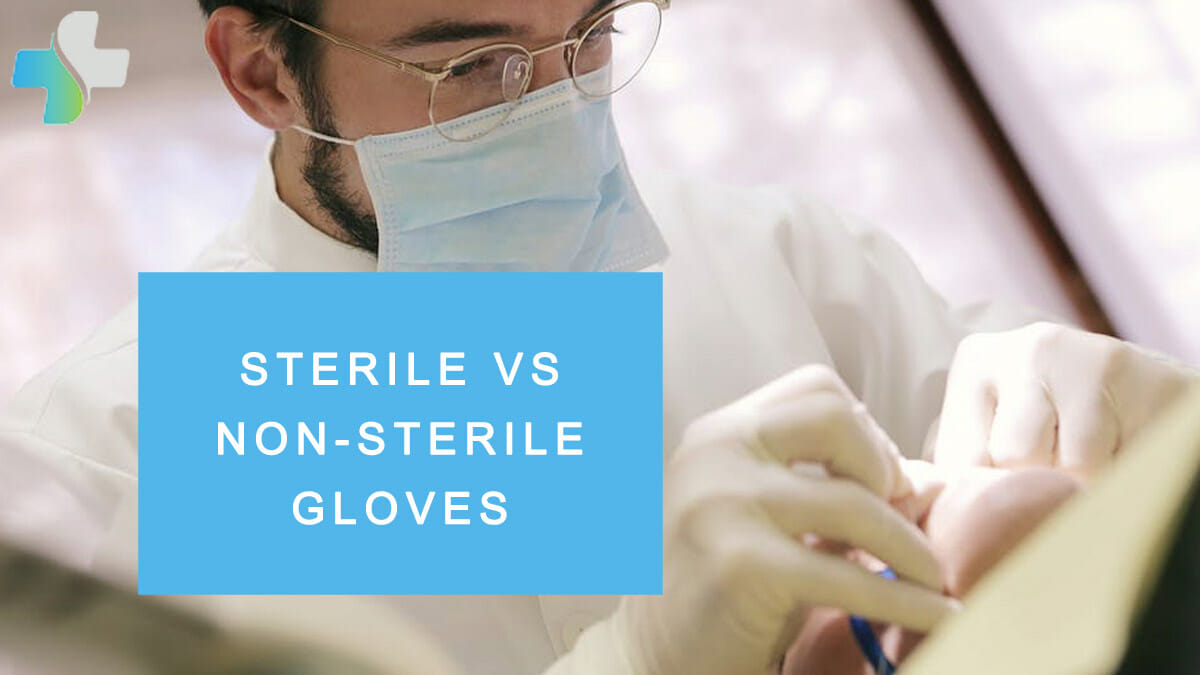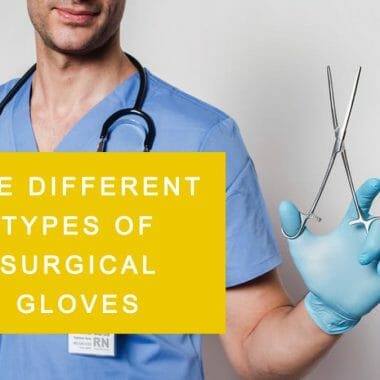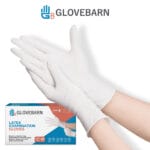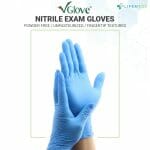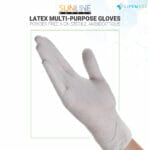Staffing shortages have plagued many hospitals. Yet, personal protective equipment has also been an ongoing issue. Supply chain shortages and high hospitalization rates put many hospitals in the red for gowns, masks, and gloves.
Earlier this year in Vermont, around 27% of hospitals had low supplies of exam gloves. When shopping for gloves, the medical industry encompasses a large portion.
Medical facilities require sterile disposable gloves and non-sterile disposable gloves. These are used for patient examinations, wound dressings, and surgical procedures.
Non-sterile disposable gloves are still widely used in food, beauty products, and construction industries. Are you interested in learning more?
We have compiled a complete guide on the differences in disposable gloves and what materials to look for. Keep reading for more information!
What Are Sterile Disposable Gloves?
Sterile gloves have stricter sterilization processes and Acceptable Quality Levels. They are usually more costly and only indicated for specific medical procedures.
For example, sterile glove applications include:
- Surgical operations
- Catheter placement/removal
- Inserting central lines
- Changing dressings on surgical wounds
- Tracheostomy changes
- Dialysis ports
They are also used for severely immunocompromised patients or when there is a high risk of infection spreading. Acceptable Quality Levels for sterile gloves are 1.5.
What Are Non-Sterile Disposable Gloves?
Non-sterile gloves are often used for general patient examinations. Some common uses for non-sterile gloves include:
- Dressing older wounds
- Removing drains
- Contacting bodily fluids
- Cleaning colostomies
They are routine for patients at low risk for infection spreading or non-surgical examinations. The Acceptable Quality Level for non-sterile gloves is 2.5.
Non-sterile gloves are also widely used outside the medical field. Typical industries include food service, industrial, laboratories, construction, and more.
Types of Disposable Gloves
The most common types of sterile gloves are latex, vinyl, and nitrile. In the medical industry, latex and nitrile materials for gloves are the primary choices. Typically, sterile gloves have additional steps to ensure the elimination of microbes through ethylene oxide.
Gamma radiation may also be used. Non-sterile gloves have physical protection barriers. But they do not follow the same sterilization process, although they are often comprised of the same materials.
The downside of latex gloves for sterile and non-sterile uses is allergies. Nitrile gloves are an excellent alternative to latex due to their nitrile’s fewer allergic reports and durability.
If experiencing contact dermatitis with nitrile gloves, it could be from a skin sensitivity versus allergies. This is often caused by wearing gloves for extended periods or from chemicals found on the gloves.
Buying the Right Disposable Gloves for Your Business
When buying medical gloves, you likely need a variety of sterile and non-sterile disposable gloves. Sterile glove applications are primarily for medical professionals. They work closely with patients at high risk for infection, including surgical procedures.
Laboratories might also benefit from sterile gloves to avoid contaminating specimens. Other fields, such as automotive, food, and beauty industries, likely need non-sterile gloves. These still should adhere to high-quality federal standards but are more cost-friendly.
Are you ready to get started with your next purchase? Shop our disposable gloves to start your order!

